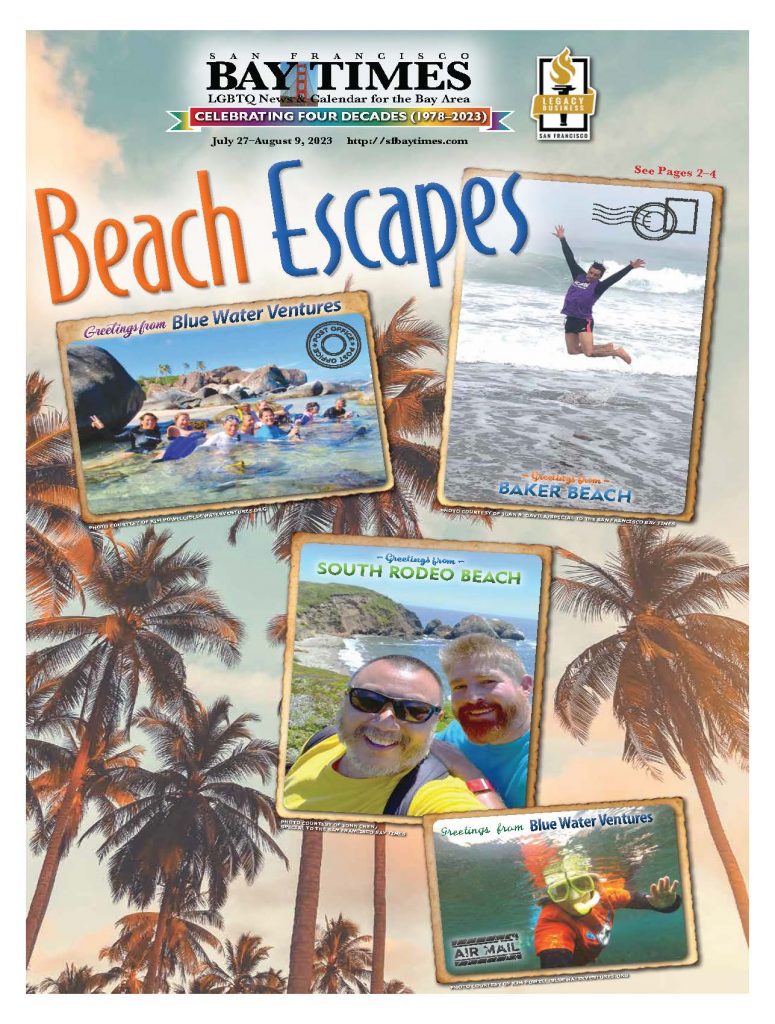
By John Chen–

For many of us who grew up in Southern California, going to the beach was a way of life. We played beach sports, frolicked in the ocean, and showed off our golden, sun-kissed tans. Southern Californians tend to sometimes chuckle at the obviously pale or burnt tourists.
The funny thing was, I avoided the beach between the ages of seven and fourteen because I was deeply scarred by Jaws, a movie my much older cousins took a very young and impressionable me to see in the summer of 197 … er … never mind the year. In high school, my friends and I would routinely bike down to the beach on weekends. We especially loved sitting around a bonfire while belting out pop hits from Michael Jackson and Madonna.
I actually never heard of clothing optional beaches or nude beaches until I moved to the Bay Area, mainly because there were no such beaches in or near Los Angeles. I did spot several nude sunbathers during off hours on a popular LGBTQ+ friendly beach, Will Rogers, where Pamela Anderson and her large bouncy boobs graced the opening sequence of Bay Watch. During my first summer in the Bay Area, I unknowingly and unwittingly went on a nude beach outing with a friend where I saw many, many people on the beach, chatting, strolling, and sunbathing in the buff?!? I turned to my friend and said, “I don’t think we’re in Kansas anymore.”
I learned that day that the Bay Area has several not just nude beaches, but gay-friendly nude beaches. We are lucky that our rugged coastline topography produces numerous hideaway beaches perfect for frolicking in the buff. That first nude beach my friend introduced me to is also the largest in Northern California, San Gregorio. Since then, I have discovered and introduced several friends to Bay Area clothing-optional beaches. And I would like to do the same for you.
Before going, I would like to begin with some warnings, pre-cautionaries, and etiquettes of going to a clothing optional beach, particularly in the Bay Area:

Here are the first three of numerous clothing optional beaches in or near the Bay Area:
San Gregorio
San Gregorio is known primarily as a gay nude beach, although visitors come in all genders and sexual orientations. Perhaps the largest clothing optional beach in Northern California, San Gregorio is at least a mile long and has a wide beach area that is generally not affected by high tide. The beach is so vast that even on the most crowded days you feel like it’s just you and a few people around you. Not to be mistaken for San Gregorio State Beach, which is just south, the clothing optional section is separated by a natural boundary that connects the two beaches only during lower tide.
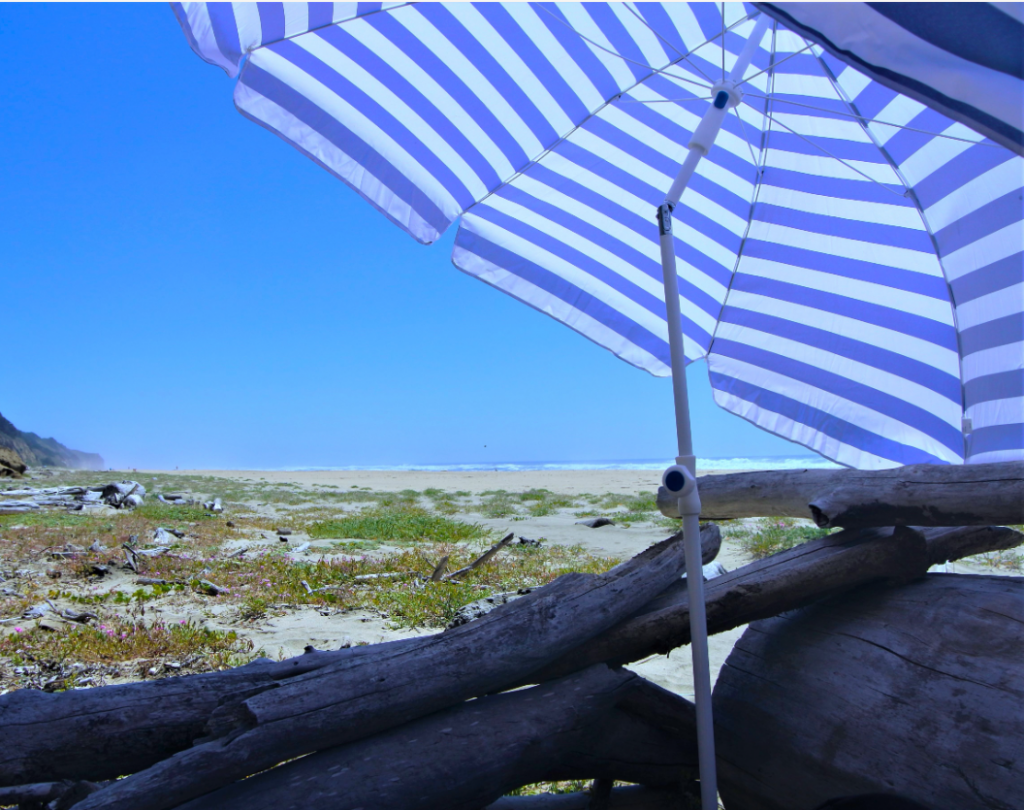
Once on the beach you will notice lots of dried driftwood, both large and small, lying close to the cliffside. Over the years, beach goers used driftwood to build two- to three-feet-high enclosures called “condos” at the foothills to shield from the elements. These “condos” are first come first served and extremely popular.
A naked stroll on this lengthy beach can be both relaxing and freeing, especially on a warm sunny day. Frolicking in the water is definitely optional since the Pacific Ocean in Northern California is pretty darn cold! Objects may appear much smaller after entering the water. At the northern end of the beach sits a large cave that during low tide connects to the next beach just north, Tunitas Creek Beach.
Access to San Gregorio is not at the entrance of the State Beach, but on California Highway 1 just north of the Highway 84 junction. Look for a small access dirt road with a metal gate on the west or oceanside of Hwy 1. Follow the road and please drive slowly; you are on a private road. At the end of the road, you’ll see a dirt parking area with a man at the entrance collecting a parking fee of around $10, cash only. Please respect and follow instructions. You are on private property. Once parked, follow the short but somewhat steep trail down to the beach.
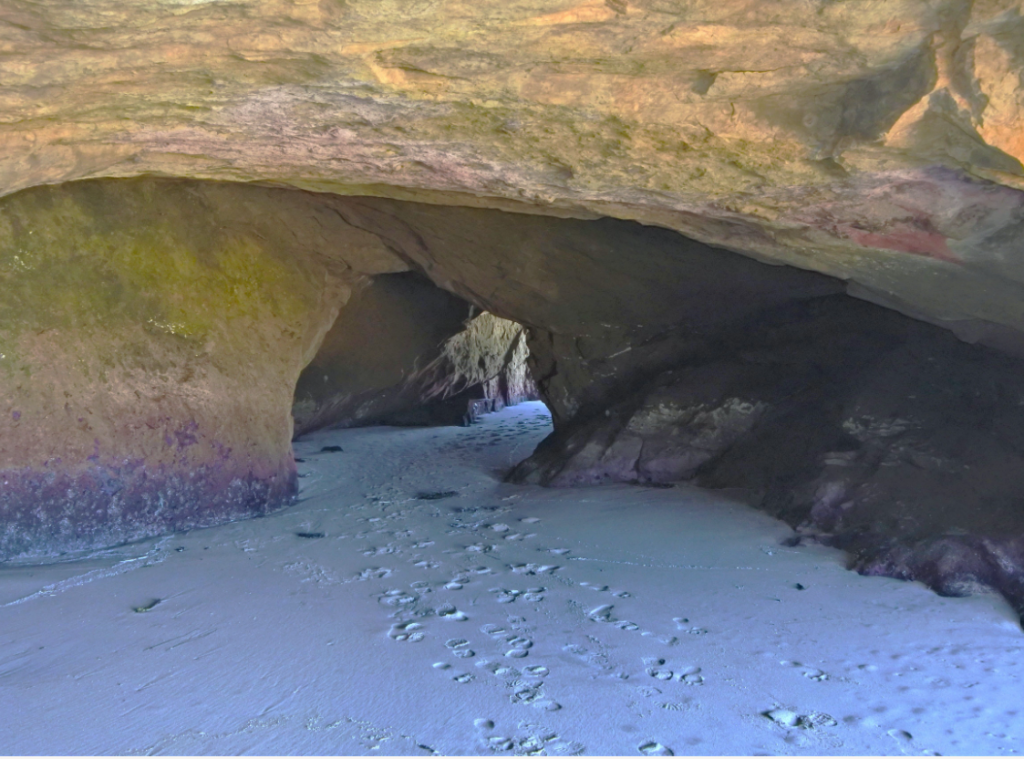
Laguna Creek
Laguna Creek is a quarter mile stretch of beach below a bluff a little more than seven miles north of Santa Cruz. The actual creek empties here into the Pacific Ocean at high tide making the mouth lush-green and picturesque. Many of the naked beachgoers camp out on the southern end where the surrounding tall bluff walls and the creek provide extra privacy. Although there are other similar sized beaches in the area such as Bonny Doon that people have claimed to be clothing optional, Laguna Creek is the only one where I have seen nude sunbathers enjoying the blue skies.

Since Laguna Creek is just north of Santa Cruz, it is much less likely to be fogged in compared to other Bay Area beaches. However, I would still recommend checking the fog tracker before going.

Access to Laguna Creek is pretty easy. Park at the designated dirt parking lot at the junction of California Hwy 1 and the northern T intersection of Laguna Road. From there, cross Hwy 1 to a trail leading to the beach. The hike is relatively short and easy. You will first pass a set of defunct railroad tracks, then walk on top of the bluff before an approximately 20-foot descent onto the beach.
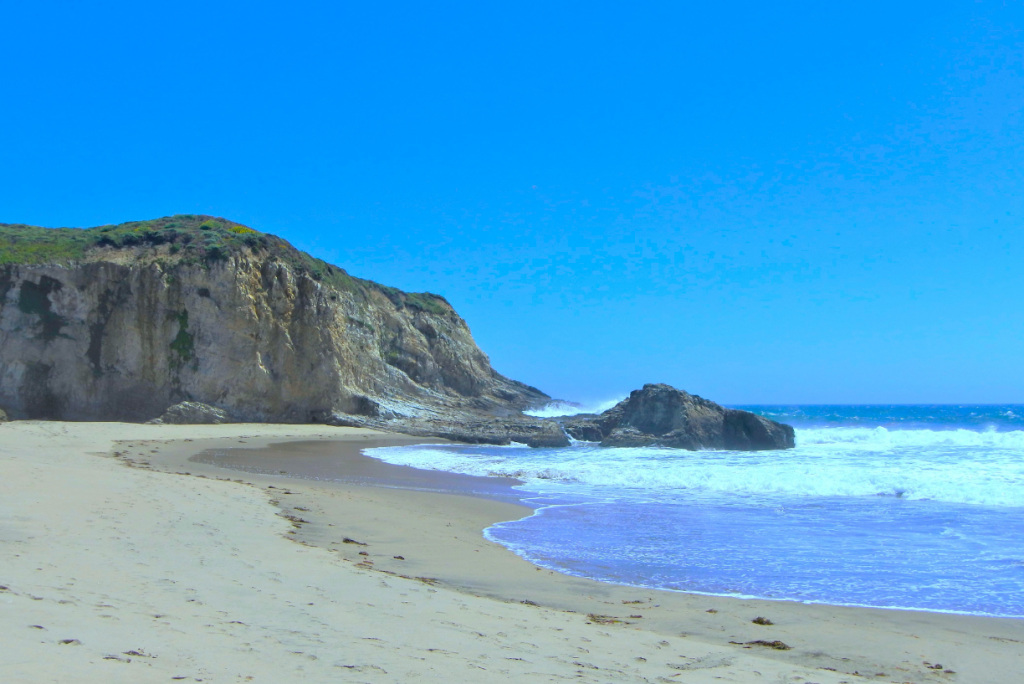
South Rodeo Beach
South Rodeo Beach is a beautiful secluded small beach in the Marin Headlands. Although it is known as a clothing optional beach, hikers and visitors to the Batteries from high above, especially the southside, have a clear view of the entire beach. On a clear day, the lush vegetation and bright native coastal flowers canvas the hillside, making it one of the most photo-worthy hikes. In addition, from the northern end of the beach, sunbathers can get a clear view of the rock arch at the bottom of Bird Island.
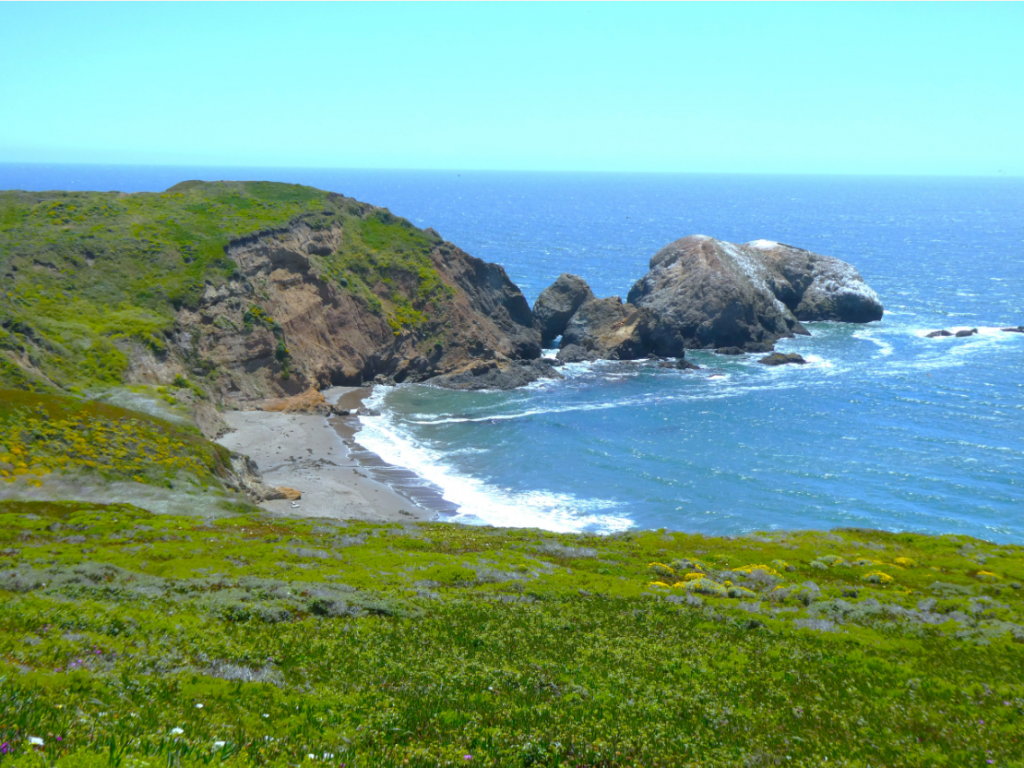
A buddy and I recently went to South Rodeo Beach; however, the main trail was closed due to erosion and winter storm damage. We found a narrow but manageable side trail from the northern end and made our way down to the beach, although the last leg of the trail is a steep 15-foot drop that took a little time and a lot of care to get up and down.

South Rodeo Beach, at low tide, connects directly to the much larger and popular Rodeo Beach to the north. But at high tide, South Rodeo beach nearly disappears.
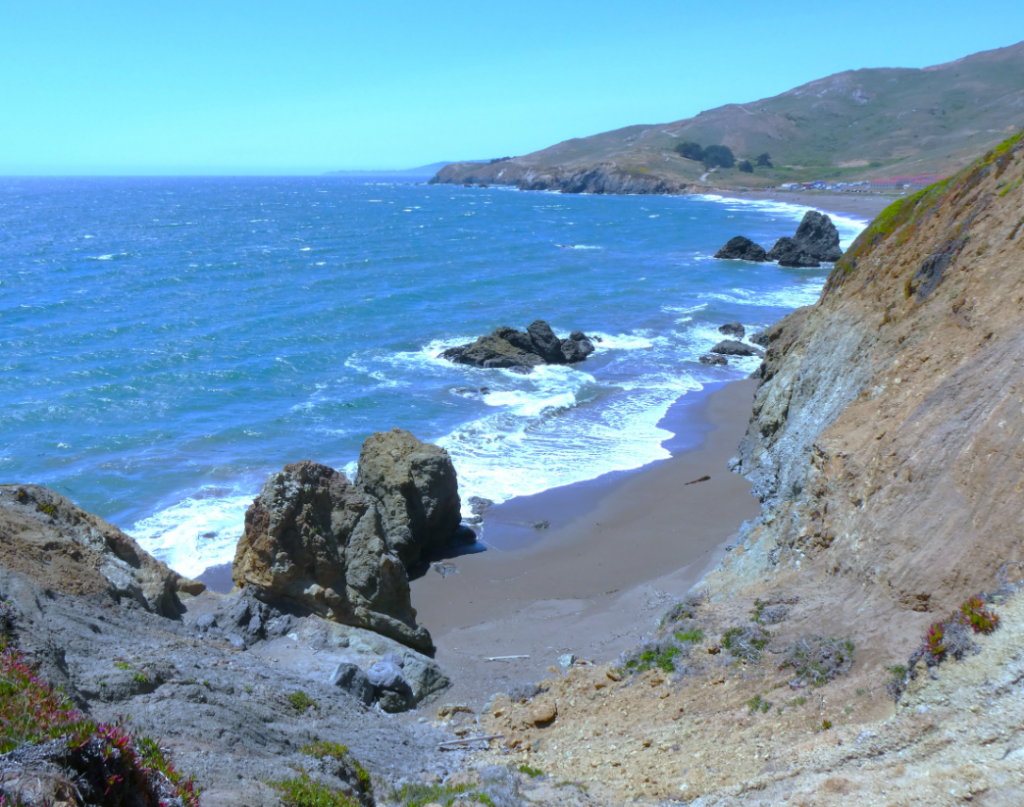
The best access to South Rodeo Beach is to head to the Marin Headlands and follow the signs to Point Bonita Lighthouse until close to the coast, then follow the sign to the Battery Alexander parking lot where you can take the main trail north to the narrow side trail down to the beach. Or just take the main trail to the beach, if open.
John Chen, a UCLA alumnus and an avid sports fan, has competed as well as coached tennis, volleyball, softball, and football teams.
Sports
Published on July 27, 2023
Recent Comments